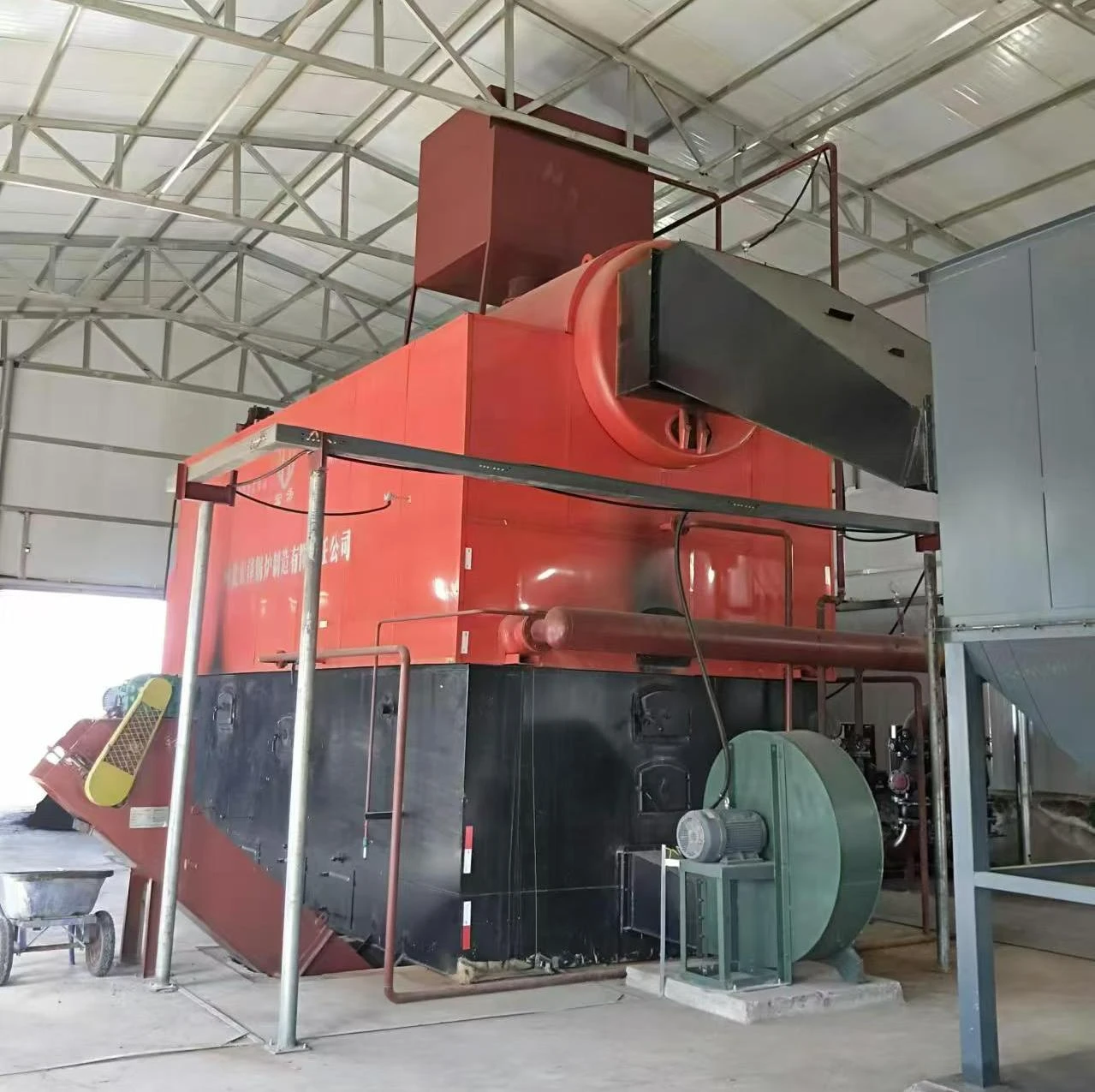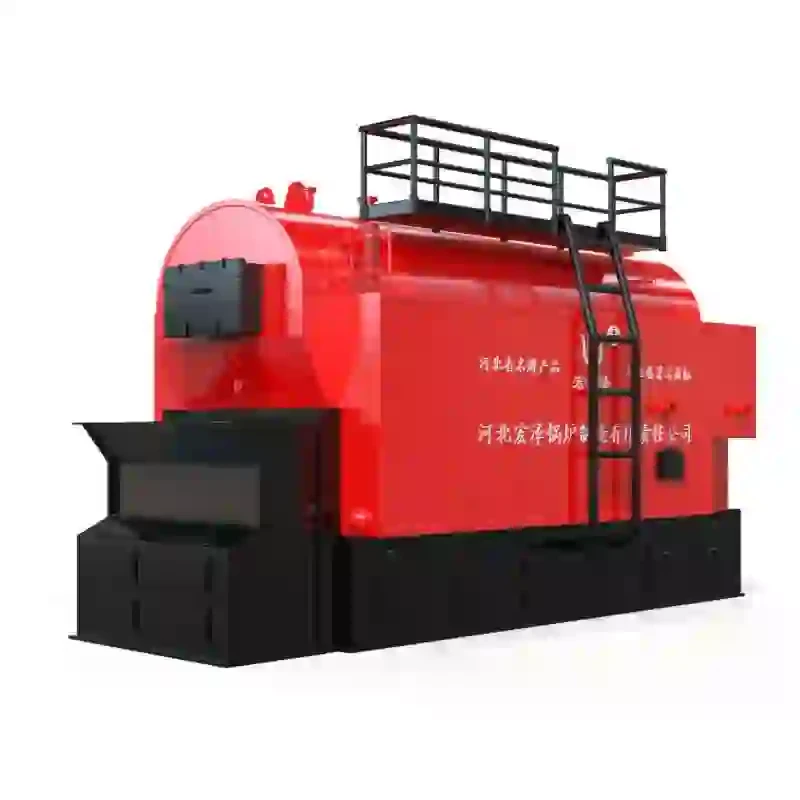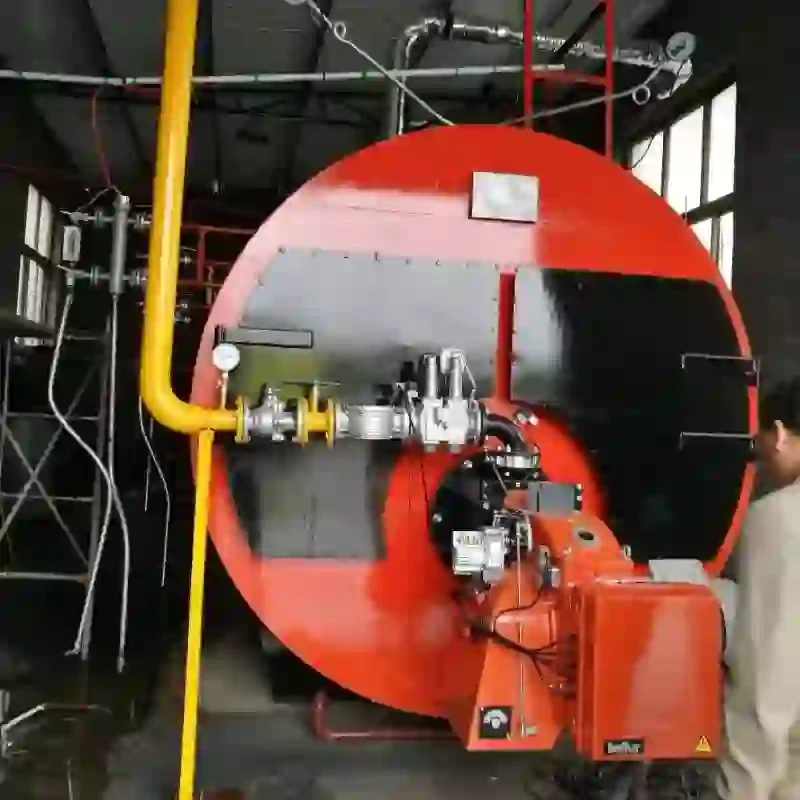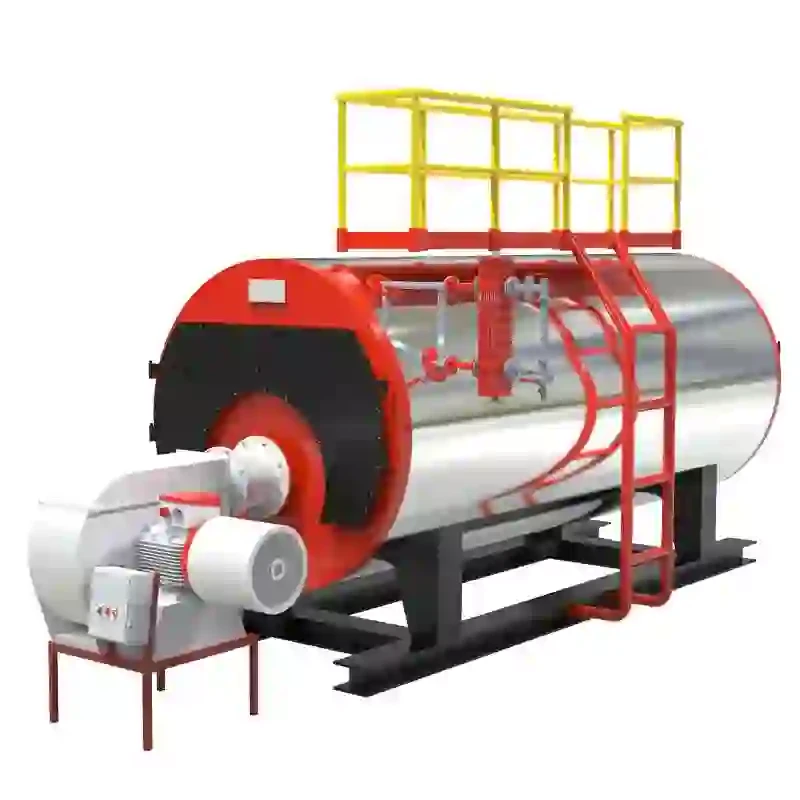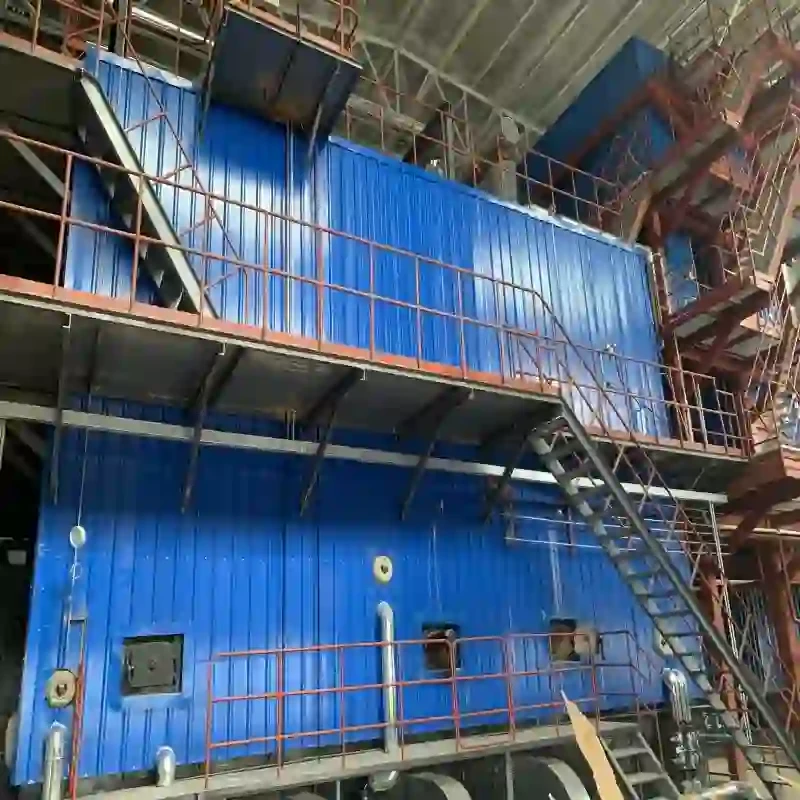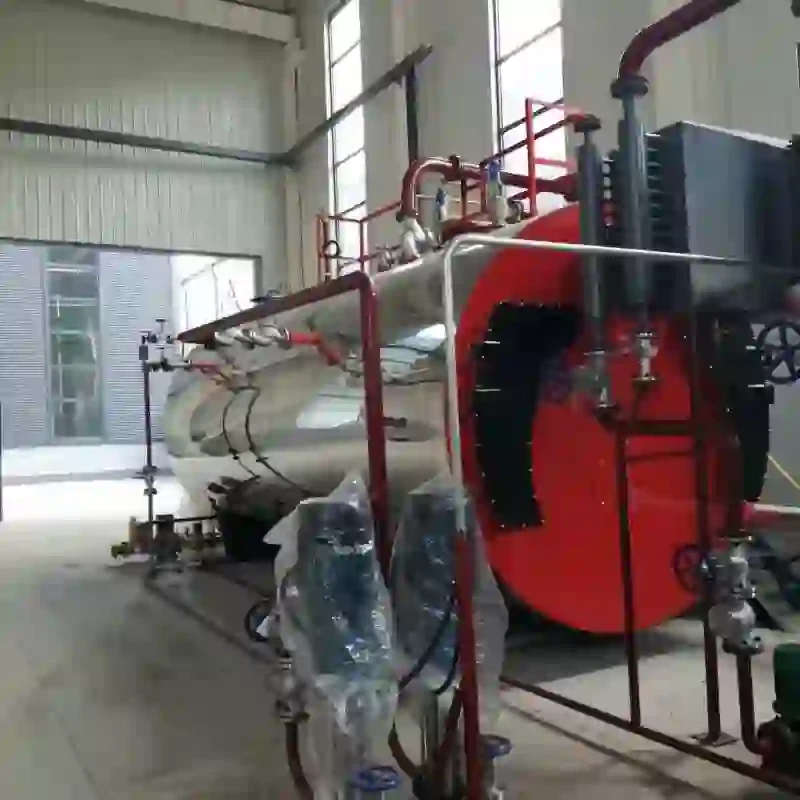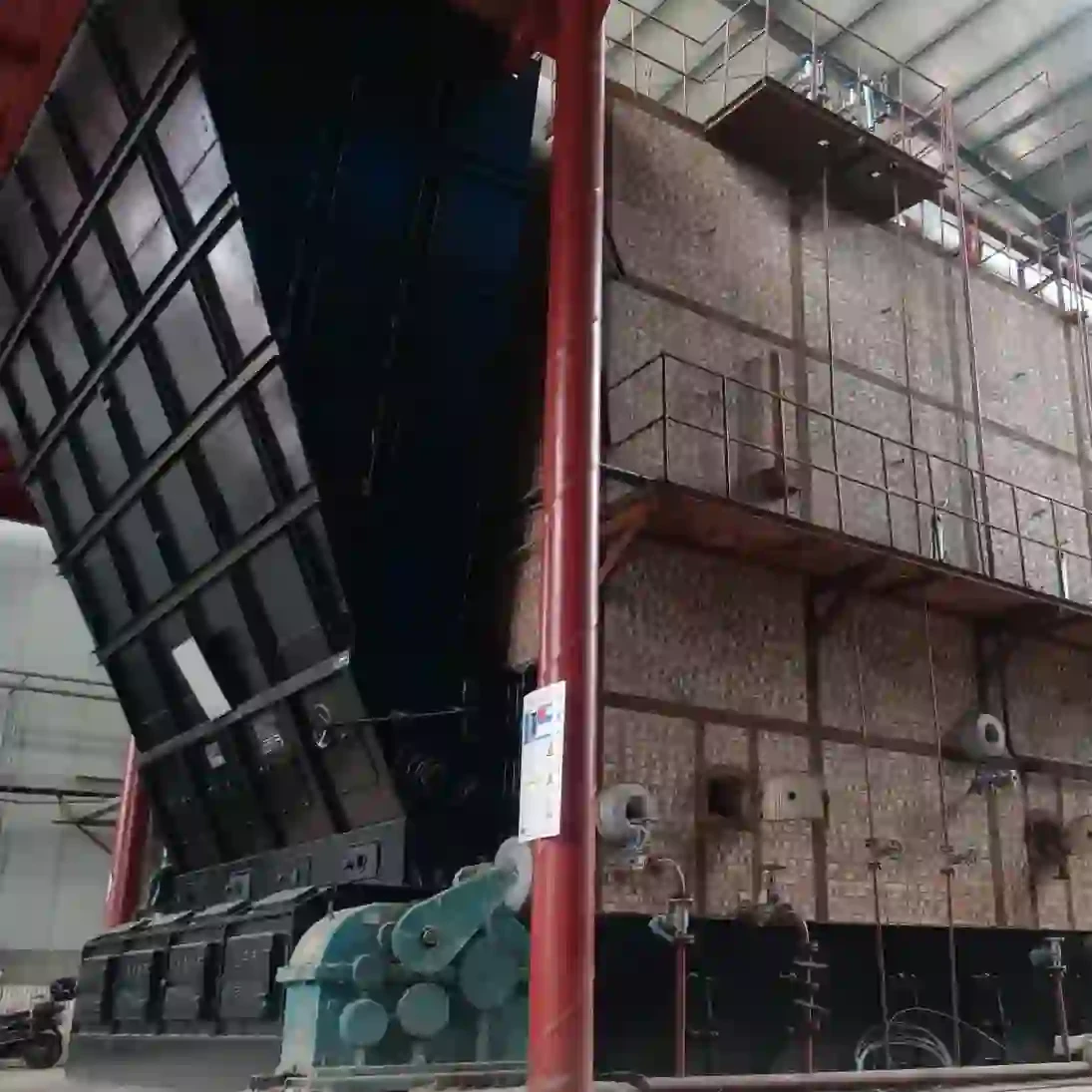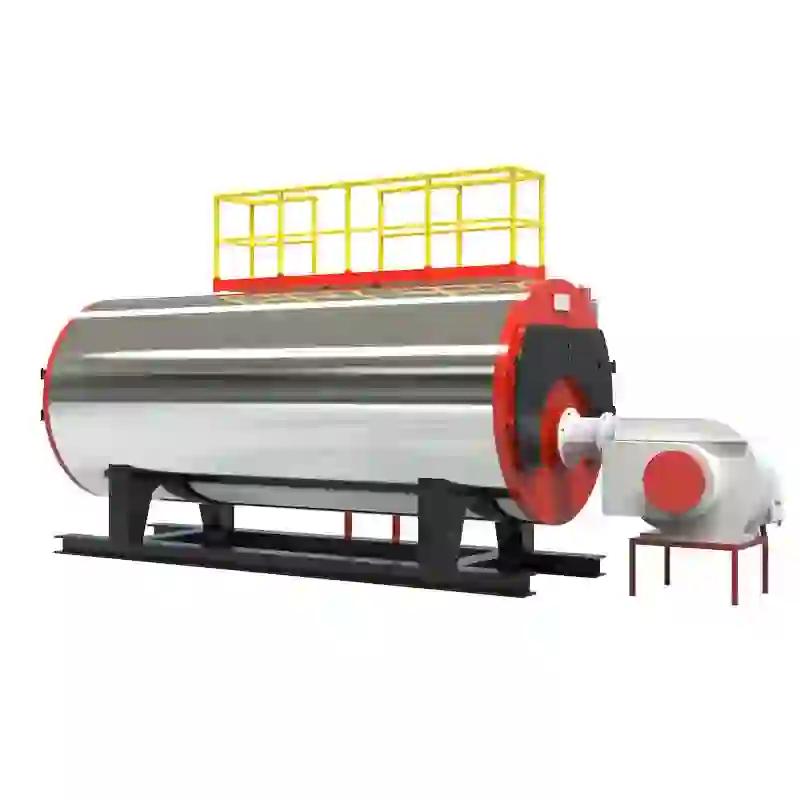
Шіл . 06, 2025 07:09 Back to list
How to Drain a Hot Water Boiler System Easy Step-by-Step Guide for Homeowners
- Understanding the Importance of Proper Draining for Hot Water Boilers
- Technical Advantages of Efficient Boiler Drainage
- Key Components and Steps in Draining a Hot Water Boiler System
- Comparative Analysis: Top Hot Water Boiler Brands and Their Drainage Features
- Tailored Draining Solutions for Different Boiler Types
- Real-World Application: Case Studies on Draining Hot Water Boilers
- Conclusion: Mastering How to Drain a Hot Water Boiler for Optimal Performance

(how to drain a hot water boiler)
Understanding the Importance of Proper Draining for Hot Water Boilers
Draining a hot water boiler is a critical maintenance task that ensures long-term system efficiency and extends the lifespan of heating equipment. Regular draining removes sediment buildup, prevents corrosion, and optimizes thermal conductivity. According to a National Association of Home Builders survey, improper maintenance is linked to a 23% decrease in boiler efficiency after only five years. Failure to drain results in mineral deposits accumulating at the bottom of the tank, reducing space for hot water and increasing energy usage by up to 15%. Proper procedures for how to drain a hot water boiler
system are thus integral to maximizing performance, maintaining safety standards, and reducing operating costs over time.
Technical Advantages of Efficient Boiler Drainage
Efficient boiler drainage operations yield measurable improvements for both residential and commercial installations. When performed routinely, drainage can decrease annual maintenance costs by up to 28%, as calcification and sludge are minimized. Technically, the process flushes impurities and foreign materials, stabilizes internal water chemistry, and restores design pressure thresholds. These measures directly impact the system’s Mean Time Between Failures (MTBF). A 2022 industry report notes that systems subjected to quarterly draining exhibited a 40% reduction in unplanned downtime over three years. Beyond longevity, end-users report quieter operation and more responsive heating cycles, as sediment no longer interferes with heat transfer surfaces.
Key Components and Steps in Draining a Hot Water Boiler System
Successfully draining a hot water boiler involves attention to detail and adherence to precise safety protocols. The essential components include the drain valve (often near the base of the boiler), shutoff valves, pressure relief mechanisms, and frequently, automatic air vents. The recommended draining process comprises the following general steps:
- Turn off the power and gas supply to the boiler.
- Allow the system to cool, ensuring water temperature is below 100°F (38°C).
- Shut off the water supply via the inlet valve.
- Attach a hose to the drain valve, directing it to an appropriate floor drain or container.
- Open the drain valve slowly, monitoring for leaks or splashing.
- Open air vents to facilitate water flow and prevent vacuum formation.
- Flush until the water runs clear, then close the valves and refill carefully.
- Restart the boiler following the manufacturer’s checklist.
Comparative Analysis: Top Hot Water Boiler Brands and Their Drainage Features
The marketplace offers a wide array of hot water boilers, each with distinct drainage mechanisms and maintenance characteristics. The following table provides an objective comparison of major brands commonly found in North America, focusing specifically on drainage access, sediment management, and related warranties:
| Brand / Model | Drainage Valve Position | Manual or Automatic Flush | Internal Sediment Trap | Standard Maintenance Warranty |
|---|---|---|---|---|
| Weil-McLain CGa | Lower Right Front | Manual | Yes | 10 Years |
| Navien NCB-E | Rear Base | Automatic Option | No | 7 Years |
| Burnham Independence | Front Right | Manual | Yes | 10 Years |
| Viessmann Vitodens 100-W | Side Panel | Automatic | No | 5 Years |
| Slant/Fin Galaxy GX | Front Lower | Manual | Yes | 12 Years |
The chart illustrates that while manual drainage remains common, top-tier models like Viessmann and Navien offer automated flushing features for reduced labor and increased consistency. Models such as Slant/Fin and Burnham incorporate isolation valves and inbuilt sediment traps, which are advantageous for users seeking to minimize downtime due to maintenance.
Tailored Draining Solutions for Different Boiler Types
Customized draining protocols are critical, as each boiler design presents unique challenges. For cast-iron section boilers, multi-point drainage ensures each segment is purged, preventing hidden sludge pockets. High-efficiency condensing models often require neutralizers to treat acidic condensate, along with pressure checks before and after draining. Steam boilers, meanwhile, must factor in blowdown frequencies, typically ranging from weekly to monthly depending on usage and water quality. The configuration of piping, access to drain points, and integration with home automation (smart sensors) can further define the ideal solution. Industry surveys confirm that targeted approaches can extend service intervals by 18% and reduce the annual likelihood of scale blockage to under 2%.
Real-World Application: Case Studies on Draining Hot Water Boilers
Practical examples underscore the value of effective draining procedures. One large Midtown Chicago office complex equipped with 12 Burnham Independence units implemented quarterly manual draining. The result: a 35% decrease in annual heating repair costs and a 42% reduction in customer comfort complaints over 24 months. A hospital in Boston utilizing Viessmann Vitodens automated systems recorded only one maintenance shutdown over 36 months, versus an expected average of five. Smaller residential users of the Slant/Fin Galaxy model, after switching to monthly rather than annual flushing, saw tank sediment buildup nearly eliminated, reflected in stable energy bills throughout the winter.
Data collected from these scenarios demonstrates that attention to proper draining not only increases operational reliability but also supports sustainability goals by lowering water and energy waste.
Conclusion: Mastering How to Drain a Hot Water Boiler for Optimal Performance
Achieving mastery over how to drain a hot water boiler safeguards the core investments made in home or facility heating infrastructure. The practice delivers quantifiable financial benefits, longer system life, and healthier indoor environments. As the data and case studies illustrate, detailed attention to drainage processes—from selecting appliances with robust access features to following tailored protocols—elevates outcomes for every stakeholder. By committing to routine draining, both residential and commercial clients can ensure peak system operation, regulatory compliance, and sustained energy efficiency every heating season.

(how to drain a hot water boiler)
FAQS on how to drain a hot water boiler
Q: How to drain a hot water boiler?
A: First, turn off the power and let the boiler cool. Attach a garden hose to the drain valve, open the valve, and let the water flow out completely. Close the valve when finished and remove the hose.Q: How to drain a hot water boiler system safely?
A: Make sure the boiler is off and cooled down to avoid burns. Open the drain valve at the lowest point and use a hose to direct the water to a drain. Always close the valve securely after draining is complete.Q: What steps are needed to drain a steam boiler?
A: Turn off the power and give the steam boiler time to cool. Connect a hose to the drain valve, open it, and empty the water until clear. Close the valve before turning the system back on.Q: How often should I drain my hot water boiler?
A: It’s recommended to drain your hot water boiler at least once a year. Regular draining helps remove sediment and maintain efficiency. Always consult your boiler’s manual for exact intervals.Q: Do I need any special tools to drain a hot water boiler system?
A: You’ll typically need a garden hose and possibly a screwdriver or wrench to open the drain valve. No advanced tools are required for most boilers. Just ensure you have a safe area to direct the drained water.-
High-Efficiency Biomass Steam Boiler for Industrial Use Eco-Friendly Biomass Fired Steam Boiler Solutions
NewsJul.07,2025
-
Hot Water Boiler Banging Noise Causes & Solutions for Quiet Operation
NewsJul.07,2025
-
Hot Water Boiler Schematic Diagram Efficient Steam Boiler System Schematics
NewsJul.06,2025
-
Steam Pressure Control in Boiler – Efficient Boiler Steam Pressure Control System Solutions
NewsJul.06,2025
-
Common Hot Water Boiler Problems & Solutions Fix Hot Water Boiler Issues Efficiently
NewsJul.05,2025
Related PRODUCTS






